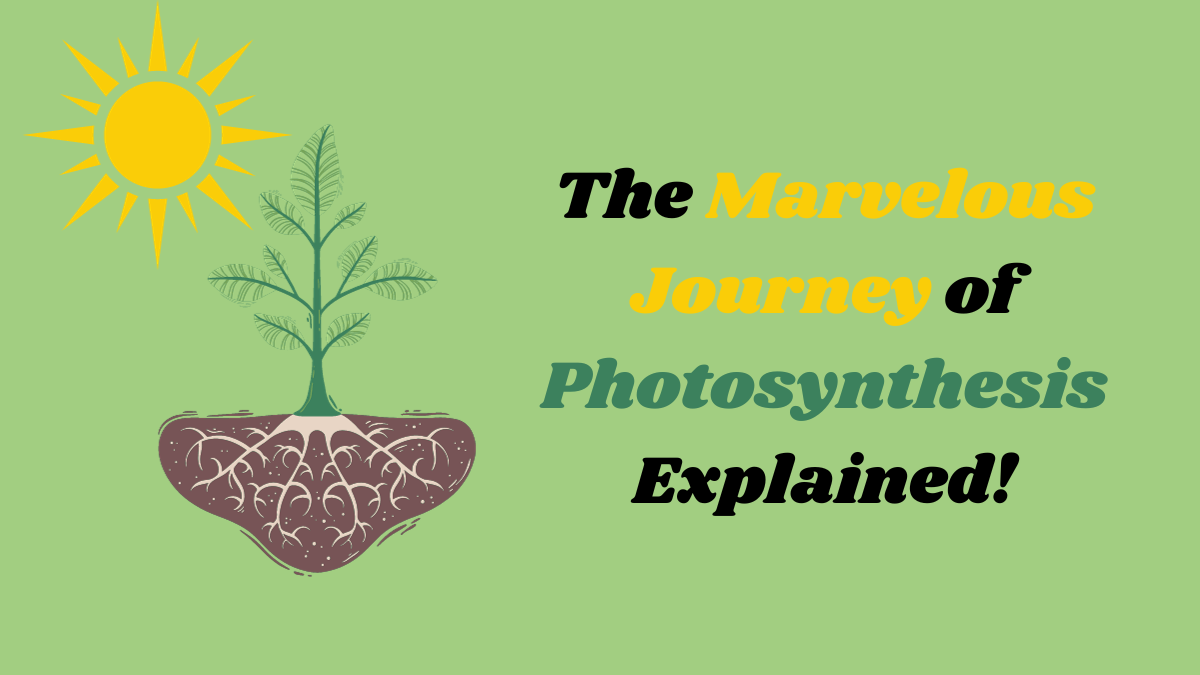Imagine plants are like little chefs that cook their own food. Now, every chef needs ingredients and a recipe, right? Well, for plants, the ingredients are sunlight, water, and carbon dioxide, and the recipe is called photosynthesis.
Let’s break it down:
- Sunlight (Sun Chef): Plants have a special chef called chlorophyll (pronounced: klor-uh-fil), and they love to catch sunlight. Think of chlorophyll like tiny solar panels on the leaves.
- Water (Thirsty Chef): Plants also have a thirsty chef. This chef’s job is to slurp up water from the ground using its roots. The water travels up through the plant, like a straw.
- Carbon Dioxide (Air Chef): The plant also needs some fresh air, just like we do. It breathes in carbon dioxide from the air through tiny holes in its leaves.
Now, here’s where the cooking magic happens!
- Photosynthesis Recipe: The chlorophyll chef takes the sunlight, mixes it with water from the thirsty chef, and adds carbon dioxide from the air chef. Then, like a magical potion, it turns all these ingredients into glucose, which is a fancy word for plant food. Glucose is like the energy bar for plants.
But wait, there’s a bonus! As a byproduct of this cooking process, plants release oxygen into the air. So, not only do they make their own food, but they also give us the air we need to breathe. It’s like a perfect partnership!
So, in simple terms, photosynthesis is a magical cooking process where plants use sunlight, water, and carbon dioxide to make their own food (glucose) and give us the oxygen we need to live. Plants are like the chefs of the Earth, cooking up a storm to keep everything in balance!

